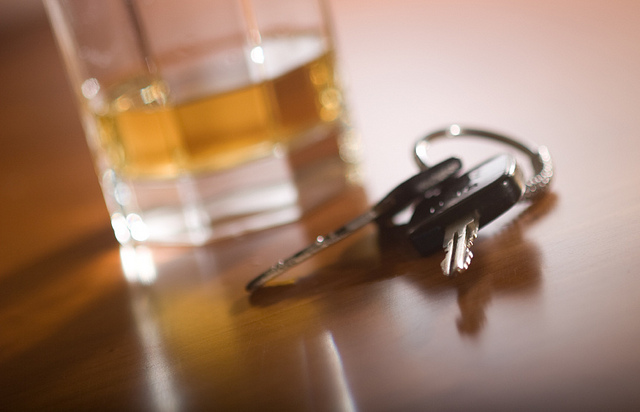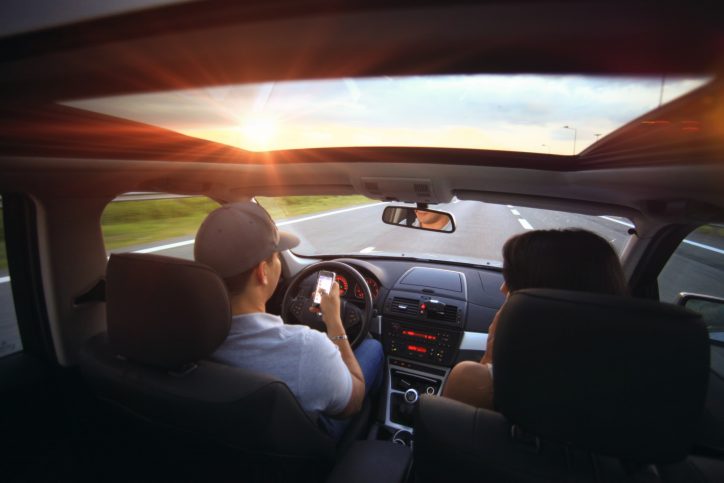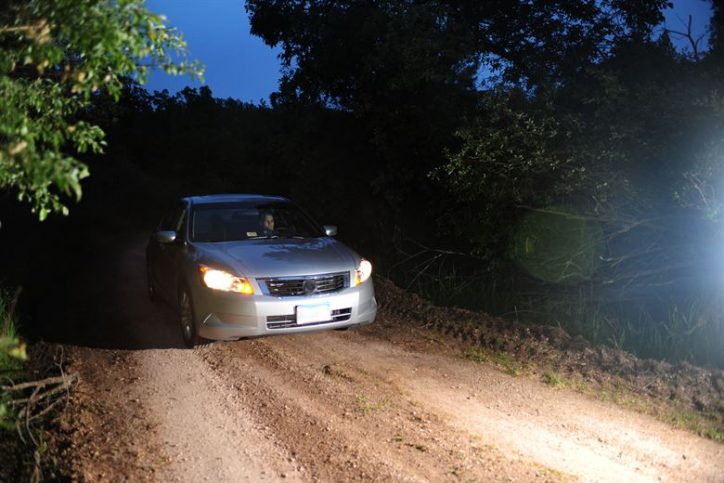Steering Clear Of Danger: How To Avoid Trouble Behind The Wheel Of Your Mercedes
Giancarlo Perlas August 23, 2018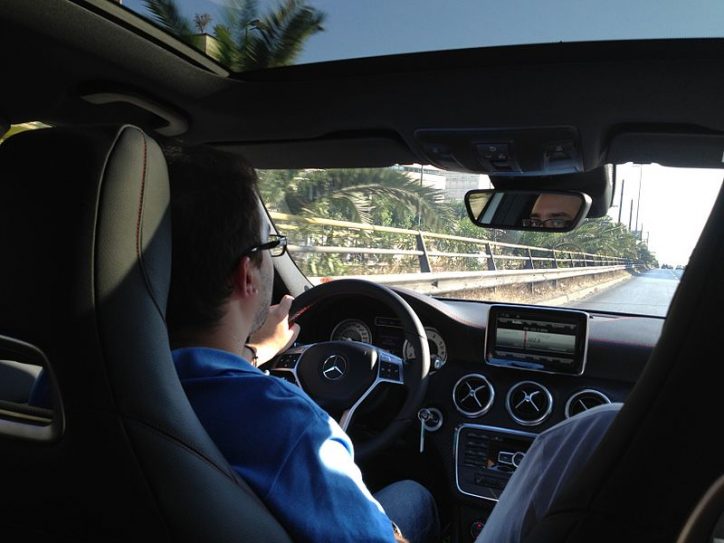
If you’re a Mercedes-Benz driver, you have access to a premium wagon that is primed to deliver both style and substance. The trouble is that there is always a risk of danger, no matter how safe and reliable your vehicle. As a driver, you may come across other people displaying reckless behavior, there may be obstacles or hazards on the road surface, or the conditions may be against you.
In the US alone, more than 2 million people sustain injuries in car accidents every year. If you’re keen to steer clear of danger behind the wheel of your Mercedes, this guide should prove useful.
Safe Driving Tips
No driver sets out to be involved in a collision on the road, but sometimes, our actions have repercussions. If you’re not concentrating, you’re driving too fast, or you’ve got yourself worked up after sitting in traffic for hours, there’s a greater risk of things going wrong. Driving safely will reduce the risk of accidents significantly. Here are some of the most common causes of crashes, and some guidelines to help you stay out of trouble.
1. Drinking and Driving
Did you know that around a third of car accidents in the States involve a driver who has been drinking? If you’ve been drinking, and you take the wheel of your Mercedes, you pose a risk not just to yourself but to anyone else you happen to encounter on your travels.
Many people who get into a car after enjoying a drink claim to feel fine. The trouble is that often, the effects of alcohol don’t become apparent until it’s too late. If you have been drinking, and you need to react to something, you may not be able to hit that brake quickly enough.
Alcohol slows reaction times, and it also affects concentration. Research also suggests that drivers are more likely to take risks when they are driving under the influence. As well as putting lives at risk, it’s also worth bearing in mind that you face the prospect of legal charges if you test positive for excessive levels of alcohol in your breath or blood.
The legal limit for alcohol consumption varies according to where you are in the world, so to avoid getting caught out, it’s best to stick to soft drinks, or to travel with a designated driver or hail a cab.
2. Driving Too Fast
If you’ve got a Mercedes with a perfectly tuned engine and serious power under the hood, it can be tempting to let it fly, especially on an open road. While driving fast can be exhilarating, speeding is dangerous. Not only is it more difficult to maintain control of a vehicle at speed, but the impact of a crash is likely to result in more severe injuries for both the driver and other people implicated in the collision.
Research from the UK-based charity, Safe Speed, suggests that a pedestrian has a 10% risk of being killed if they are hit at 20mph. This figure rises to 90% at 40mph. Next time you put the key in the ignition, think about the potential impact of driving too fast and make sure you pay attention to signs and restrictions.
3. Distracted Driving
You only have to look around you in a line of traffic, and you’ll probably spot people adjusting the radio, messing with a sat nav system or sending messages on their phones. Distracted driving is an increasingly common cause of road accidents. If you’re driving, you can encounter a wide range of hazards, no matter whether you’re on a highway or a country lane.
The environment around you changes constantly, and if you lose sight of the road ahead of you, even for a second, you could run into trouble. Consider the example of driving through a suburban area. One moment, everything is fine, the next a child on a bike has appeared from behind a parked car. If you were texting or changing the radio station, you might not be able to see that child in time. Stay focused at all times. If you need to take or make a call or send a message, or you want to adjust your sat nav, pull over for a moment in a safe place.
4. Tiredness
We all know that when we’re tired, it’s difficult to fire on all cylinders. If you’ve had a bad night, or you’ve been working a night shift, and you’re finding it difficult to stay awake, don’t drive. Take a nap and delay your journey, or ask somebody to give you a lift.
If you’re already en route, and you feel a wave of tiredness come over you, pull over at a service station, stretch your legs, get some fresh air in your lungs and have a coffee. If you’re still tired, take a break and get back on the road when you feel more alert.
Tiredness affects concentration and focus, it can slow down your reactions, and you might even fall asleep at the wheel, which could have disastrous consequences for you and other drivers. If you make the choice to drive tired, and you cause an accident, you may be held liable for that crash.
As a driver, it’s wise to understand what to do immediately after an auto accident injury. If you were at fault, other drivers may pursue legal action. If both parties were negligent, for example, you hit a car that was speeding, there may be a case for shared responsibility. It’s not always possible to avert danger, but driving carefully can make all the difference.
5. Anger and Road Rage
We’ve all been there. Somebody cuts you up at a junction, or there’s a car weaving in and out of heavy traffic. Life on the roads can be frustrating, but try not to let anger get the better of you. Road rage can impact you and other drivers around you, and it can increase the risk of accidents.
If your heart is pumping, and you’re stressed out, you might not be able to concentrate, you may be tempted to drive too fast, or you might drive in an intimidating manner, for example, getting up too close to the vehicle in front of you. Try and stay calm and relaxed behind the wheel.
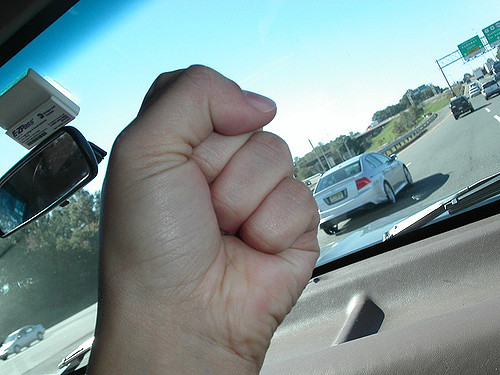
6. Driving in Adverse Weather
Data provided by the National Highway Traffic Safety Administration suggests that rain is the most dangerous weather-related hazard. If it’s raining, the surface of the road may become slippery, and visibility may be poor. If you’re out driving when the heavens open, reduce your speed, use your lights if you’re struggling to see clearly, and give the vehicles around you more space. Your stopping distance will increase in wet weather, so bear this in mind when you’re slowing down and when you’re traveling around other cars and trucks. Stay well back.
Other conditions to be wary of include snow and ice. Snow can decrease traction on the road, and ice can increase the risk of skidding. If there are weather warnings in place, don’t drive unless you absolutely have to. Keep an eye out for warnings and listen to weather bulletins on the radio.
Although driving in summer tends to be safer, there are risks associated with driving when it’s sunny. The sun can produce a glare off the road surface, which makes it virtually impossible to see the road ahead. Make sure you have sunglasses if you’re driving in summer. If you usually wear glasses to drive, you’ll need prescription shades.
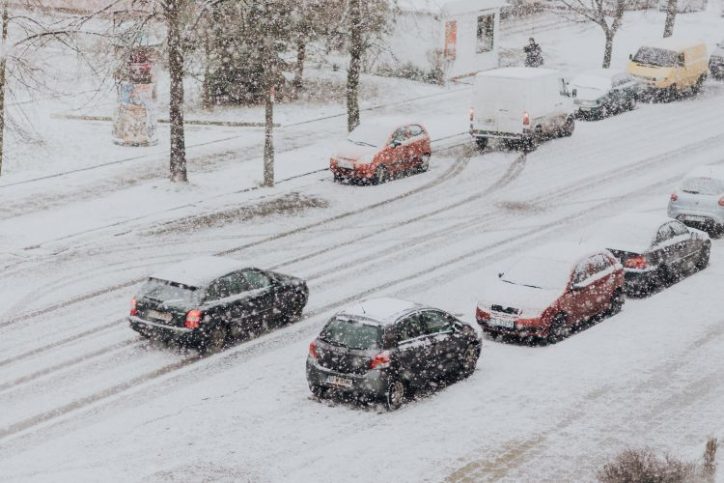
7. Seat Belts
A seat belt is there to protect you. If you crash, and you fall forwards, your belt will reduce the risk of you flying through the windshield or out of the side of the car. If you’re driving, always ensure you have your belt on, and make sure that your passengers are secured safely too. When traveling with children, ensure you have a suitable seat, and that it is fitted properly before you set off.
CDC statistics show that seat belt use is lower than average in the US. Around 87 percent of people in the front seat use a seat belt, compared to an average of 94 percent in high-income nations. Figures from the National Foundation for Safe Teen Driving show that more than half of teenagers and adults aged under 45 years old who were killed in car crashes in 2015 were not restrained. Even if you’re just popping to the store for a carton of milk, always make sure your belt is fastened.
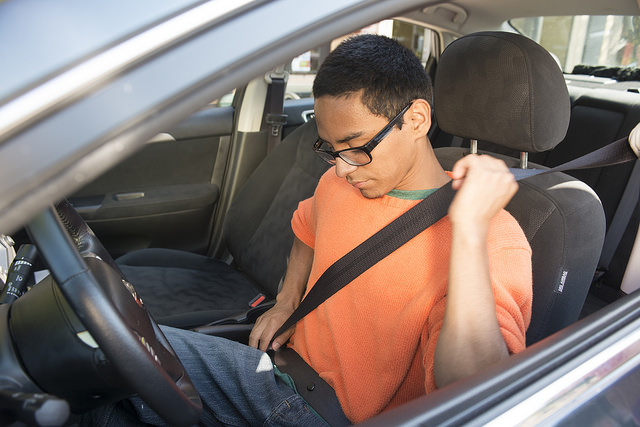
As a Mercedes driver, the last thing you want is to be involved in an incident on the road. Even if you are a careful driver, this doesn’t always mean that you’ll be safe. There are hazards around every corner, and not everyone drives with the same level of respect for the rules of the road or for fellow motorists and pedestrians. It’s not always possible to prevent accidents, but you can do your bit by being a diligent driver and being aware of potential dangers.



